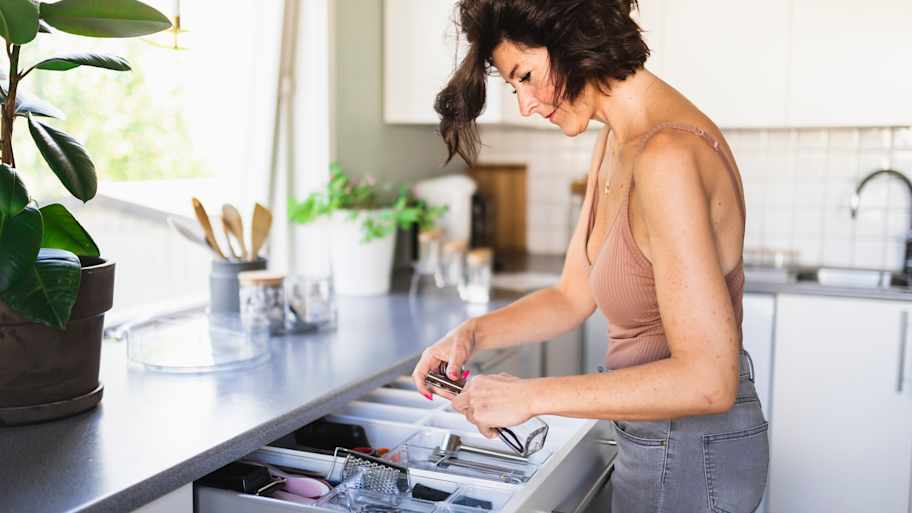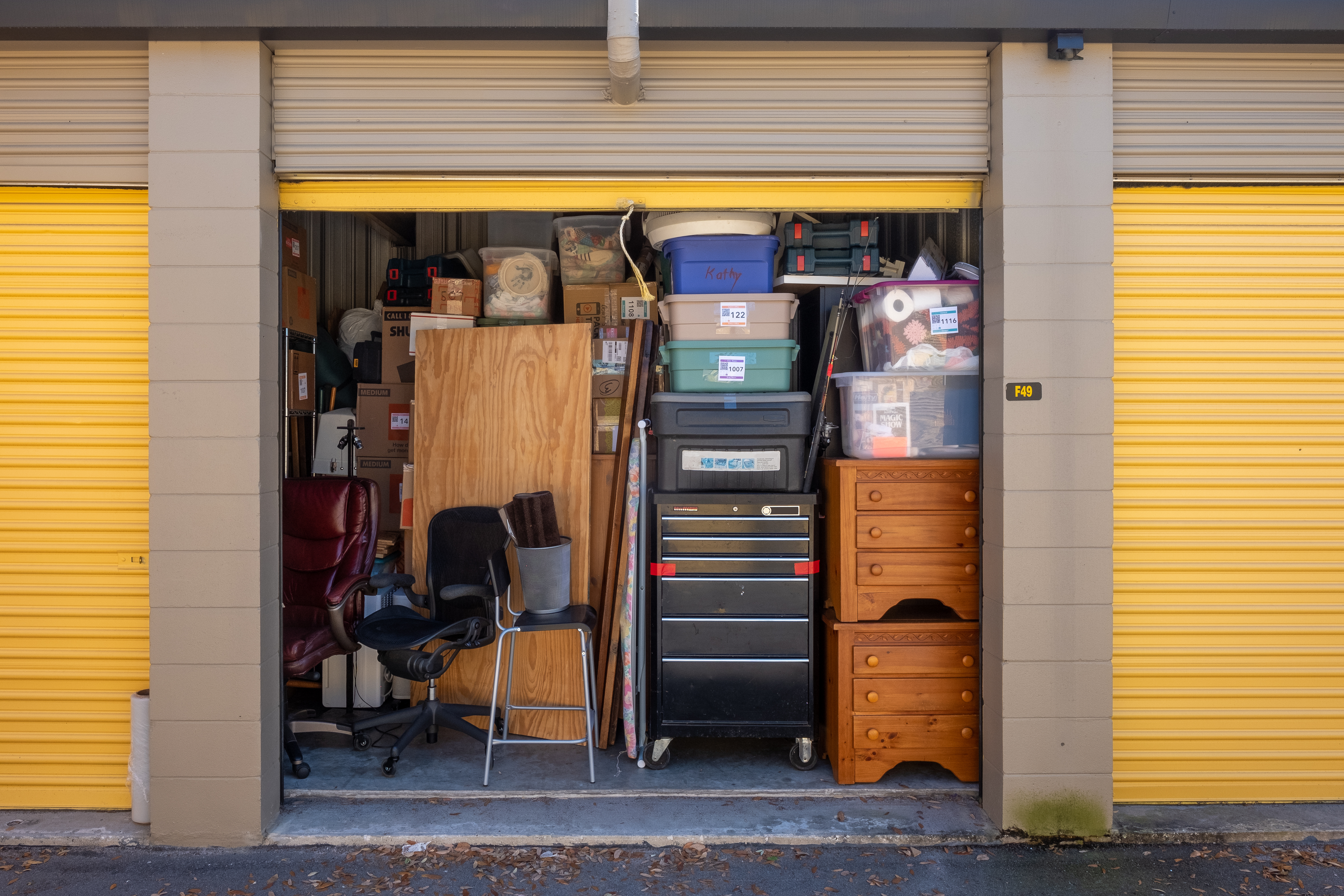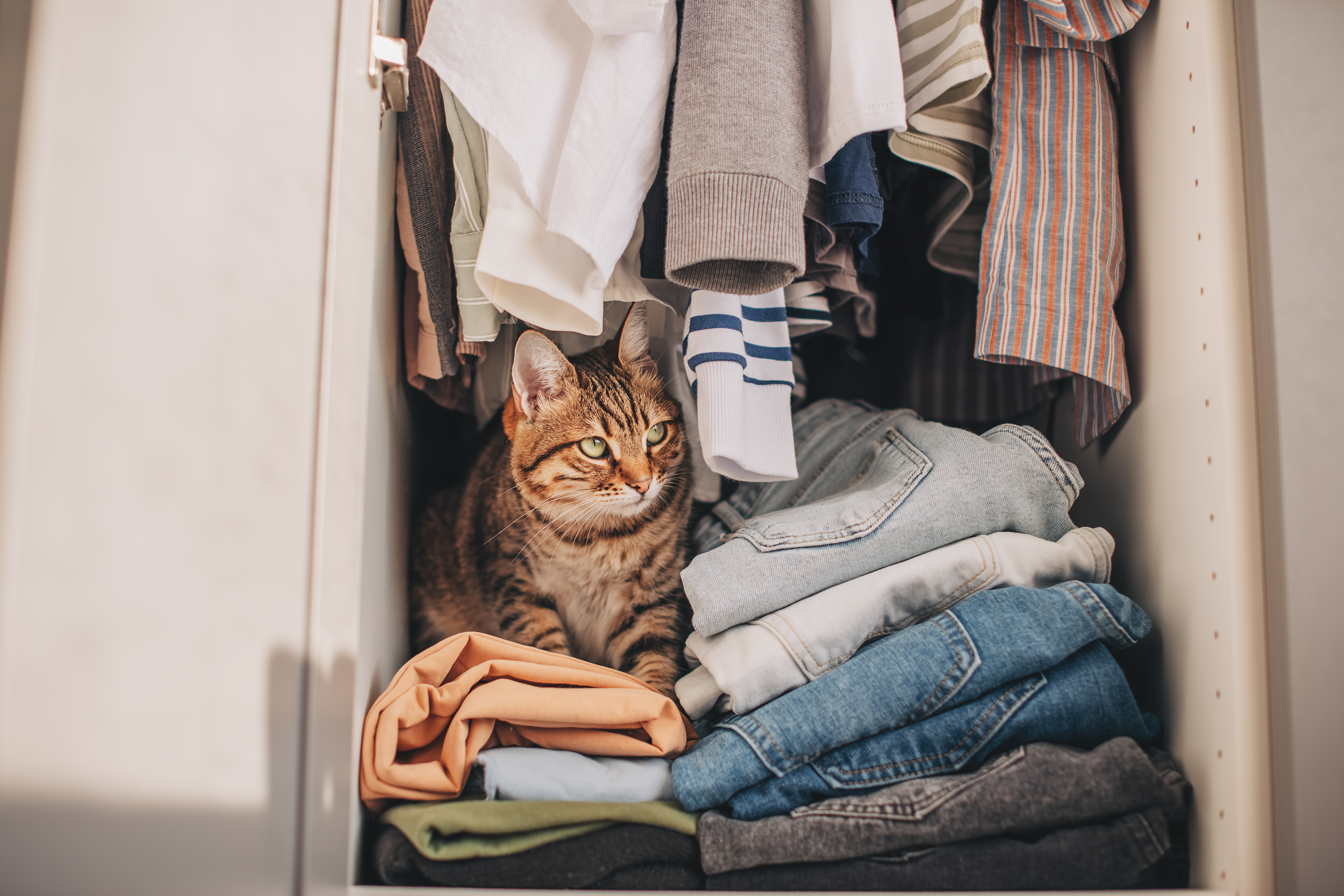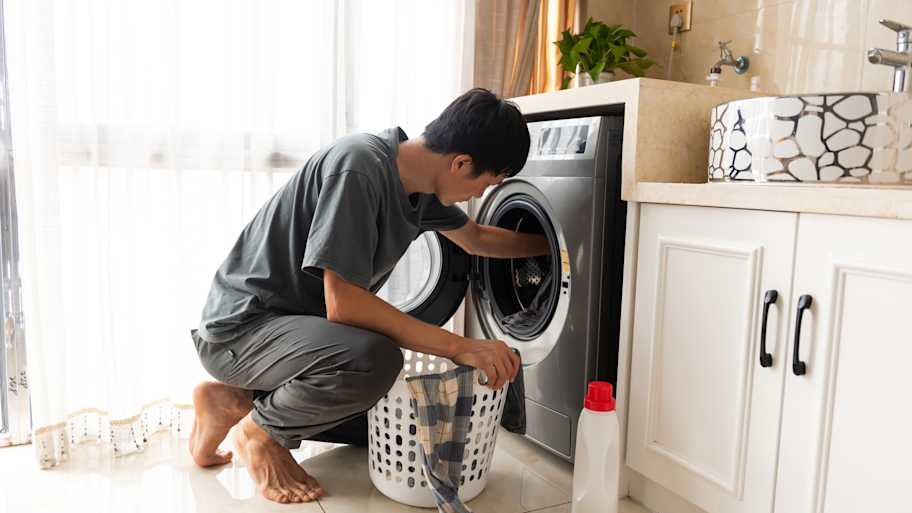
Discover the average professional organizer cost, what influences pricing, and how to budget for your next home organization project.
It's all about the prep when it comes to protecting your pet and your property


You've no doubt heard the phrase "curiosity killed the cat." Inquisitive pups and kitties really can get themselves into trouble with their curious natures. And the combination of teething and a newfound eagerness to explore means it's more than just your slippers that your new puppy might chew on.
While training (and providing appropriate chew toys) plays a big part in nipping the nibbling in the bud, management around the house is also vital for safety and setting your pet up for success.
“Before you bring a new pet into your home, take a look around and make sure your home is safe. Hide or dispose of anything that may be harmful to pets, like laundry detergent, cords, medications or toxic plants or foods. Also, try to protect breakable items by putting them away in cabinets or in places that will be harder to knock over and break,” says Rachel Zepernick, home interior expert at Angi.
Run through this handy room-by-room checklist to pet-proof your home before the arrival of a new furry friend.
Clear work surfaces. There will be less temptation for your pet to counter-surf. This is especially important when poisonous pet foods are involved (like chocolate, garlic, grapes, and coffee).
Store knives and other sharp kitchen utensils away.
Fit childproof latches. Don’t underestimate how smart your pet is—some have no trouble solving how to open the kitchen cabinets to access a host of problematic paraphernalia.
Upgrade the trash can. Make sure it has a puppy-proof lid or that you store it somewhere they can't topple it. The same goes for food composting receptacles, which can also host deadly mold.

Keep medications in a secure cabinet. In 2020, the American Society for the Prevention of Cruelty to Animals (ASPCA) Animal Poison Control Center received more calls from worried pet owners about the ingestion of over-the-counter drugs than anything else.
Close the toilet lid. It's pretty gross if your pet drinks toilet water, and if it contains cleaners, it's also dangerous. Keep cleaning supplies out of reach of your curious puppy too.
Clear away cords. It’s not unusual for a tangle of electrical cables to be lurking behind a TV console. Using puppy-proof cable covers and organizers will keep things tidy and prevent them from chewing on these high-voltage items.
Ditch the diffusers. Essential oil diffusers can cause respiratory problems for pets, and cats are particularly sensitive to them. If the oils spill out of the diffuser, it’s an even bigger issue. If you’re using them for short periods, make sure they're well out of reach of your pet.
Sweep up the socks. Socks and other undies are tempting for chew-happy puppies, but they're also a major cause of life-threatening gastrointestinal blockages. Offer lots of appropriate chew toys instead.
Close washer and dryer doors. According to a study in The Canadian Veterinary Journal, it’s not unusual to hear about cases of cats going through a laundry cycle after getting cozy in the clothes in the drum.
Laundry detergent. It’s toxic for cats and dogs. Keep out of reach of your pets, and always mop up any spillages.
Avoid antifreeze spills. The liquid is often attractive to pets, but lapping up 1 tablespoon of antifreeze containing highly toxic ethylene glycol (EG) can be enough to be life-threatening for dogs, according to the Pet Poison Helpline. Even licking the residue off paws is highly problematic for cats. Antifreeze containing propylene glycol is a much less toxic alternative.
Stash away solvents, rodenticides, and other chemical products. Hydraulic brake fluid, windshield de-icers, motor oils, and some solvents containing EG are commonly kept in the garage.
Keep tools and toolboxes out of reach. Sharp objects, like nails, can easily escape open toolboxes, and you don't want these sinking into your pet's paw pads. Plus, you want to avoid your inquisitive pup trying to chew on these types of items.
Secure the yard. Ensure any fencing is secure, high enough, and there are no gaps for a wriggly pup to escape through. “If you don’t have a fence, talk to a pro about adding one ASAP,” says Zepernick. “If you do have a fence, make sure there aren’t any gaps where you pet could escape.”
Stick with pet-friendly plants, pesticides, and fertilizers. Do your research to make sure existing or new plants aren't toxic for your pet, and watch out for fertilizers containing things like bone, fish, or blood meal that dogs love. They sometimes contain toxic pesticides and herbicides too, according to the ASPCA.
Supervise and secure ponds and pools. Zeperenick recommends covering your pool when it's not in use and block access to deep ponds. Even if your pet is a strong swimmer, it could end in disaster if they can't find an easy place to get out of the water.
Screen or close windows. Wide-open windows offer an escape route or the risk of your pup or cat falling out. Ask a local window screen pro to install pet-proof window screens to let fresh air in safely.
Baby gates are your best friend. To prevent Rover from bolting out the porch door or accessing a room full of hazards, install some baby gates to keep him inside.
Get rid of plants that are toxic to pets.
Go clutter-free. Small items left lying at your pup's level can easily be choking hazards. Get the whole family on board with picking up after themselves.
Reposition valuable, fragile items. If you want to keep that ornamental vase from your great-grandmother safe and avoid cut paws, put it out of reach of your pet and not on the edge of a shelf where it could topple if the shelf gets nudged.
From average costs to expert advice, get all the answers you need to get your job done.

Discover the average professional organizer cost, what influences pricing, and how to budget for your next home organization project.

Declutter and maximize your space with these eight smart storage tips for messy closets, cupboards, and drawers around your home.

When was the last time you cleaned out your spice rack or linen closet? Our list of 12 things to get rid of in just one hour helps you toss what is old, expired, or no longer needed. Decluttering is faster and easier than you might think.

Maximize space and save money with these expert storage unit tips. Smart packing strategies and organization hacks included.

Discover small closet organization tips to maximize space, reduce clutter, and create a stylish, functional storage area that suits your needs.

Maximize space and reduce clutter with these smart laundry room organization tips that boost function and even your home’s resale appeal.